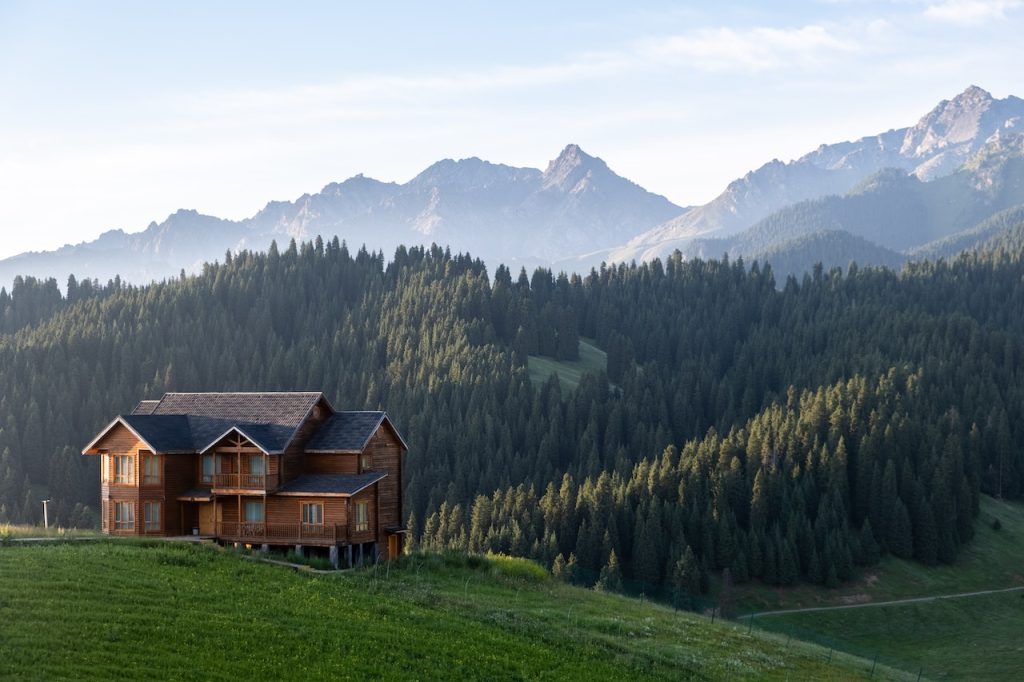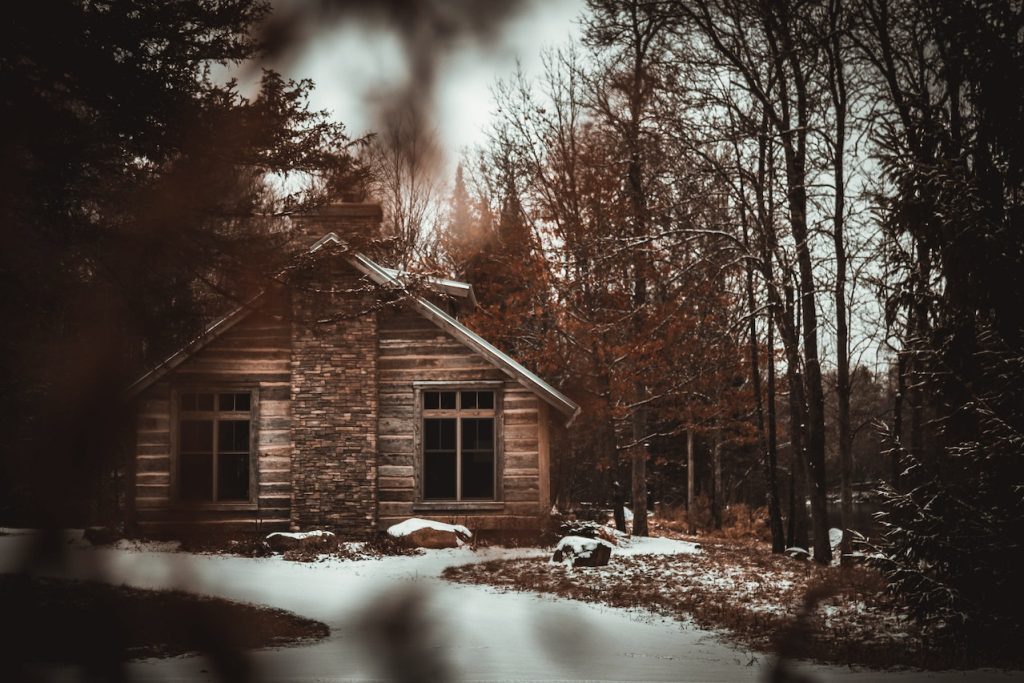Designing a Wildlife-friendly Garden: Tips for a Sustainable and Biodiverse Landscape
Living off the grid, I have always had a deep appreciation for nature and sustainable living. One of my greatest joys has been tending to my garden and creating a biodiverse landscape that not only sustains me but also supports a wide variety of wildlife. Designing a wildlife-friendly garden is not only beneficial for the environment, but it also brings a sense of fulfillment and joy. If you are looking to create a sustainable and biodiverse landscape, here are some tips to get you started.
1. Choose Native Plants: One of the best ways to attract wildlife to your garden is by planting native plants. Native plants are adapted to the local climate and soil, making them easier to maintain and more attractive to local wildlife. They provide food and habitat for birds, bees, butterflies, and other beneficial insects. When selecting plants for your garden, opt for native species that are well-suited to your region.
2. Create Habitat Diversity: To support a wide range of wildlife, it’s important to create different habitats within your garden. This can include areas of tall grass, dense shrubs, and trees, as well as open spaces for foraging and nesting. By providing diverse habitats, you can attract a greater variety of birds, mammals, and insects to your garden.
3. Provide Water Sources: Water is essential for all living creatures, so it’s important to provide water sources in your wildlife-friendly garden. This can be as simple as a birdbath or a small pond. By offering water, you can attract birds, butterflies, and other wildlife to your garden.
4. Avoid Chemicals: To create a truly wildlife-friendly garden, it’s important to avoid using chemical pesticides and fertilizers. Instead, opt for natural alternatives and organic gardening practices. This will ensure that your garden remains a safe and healthy environment for wildlife.
5. Encourage Pollinators: Pollinators, such as bees and butterflies, play a crucial role in the ecosystem. By planting nectar-rich flowers and providing habitat for pollinators, you can help support these important creatures and promote biodiversity in your garden.
Pro Tips:
– Incorporate a variety of plant heights and textures to provide shelter and nesting sites for wildlife.
– Use mulch and compost to improve soil health and reduce the need for chemical fertilizers.
– Incorporate a mix of flowering plants to attract a wide range of pollinators throughout the growing season.
By following these tips and designing a wildlife-friendly garden, you can create a sustainable and biodiverse landscape that not only benefits the environment but also brings beauty and joy to your outdoor space. Whether you have a small urban garden or a larger rural property, there are endless opportunities to create a wildlife-friendly garden that supports local ecosystems and provides a haven for wildlife. Take the time to observe and learn about the wildlife in your area, and tailor your garden to their needs. With a little effort and creativity, you can create a beautiful and thriving garden that supports a diverse array of wildlife.



